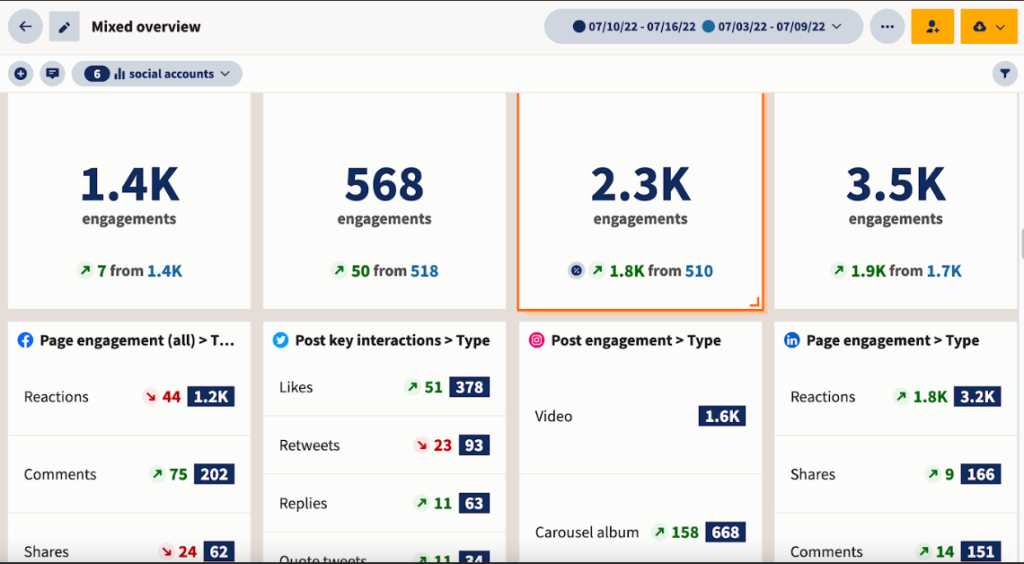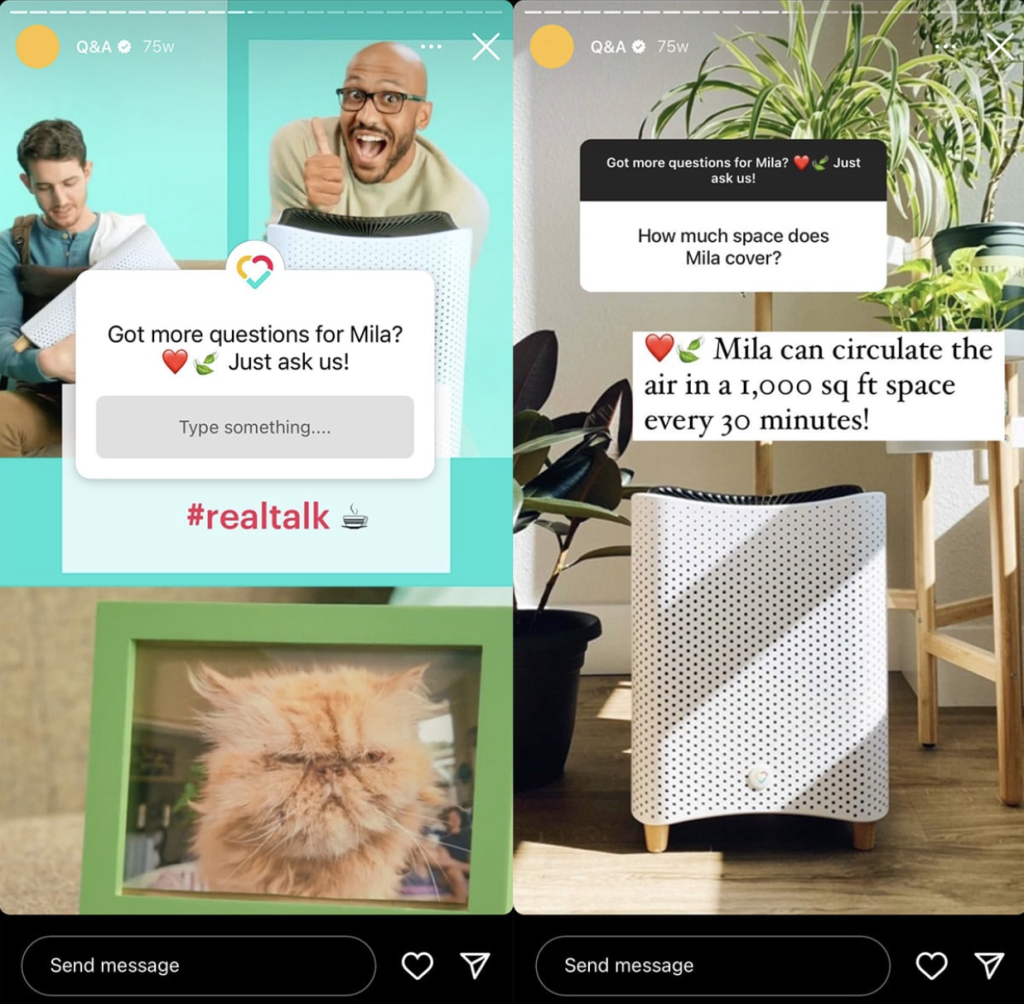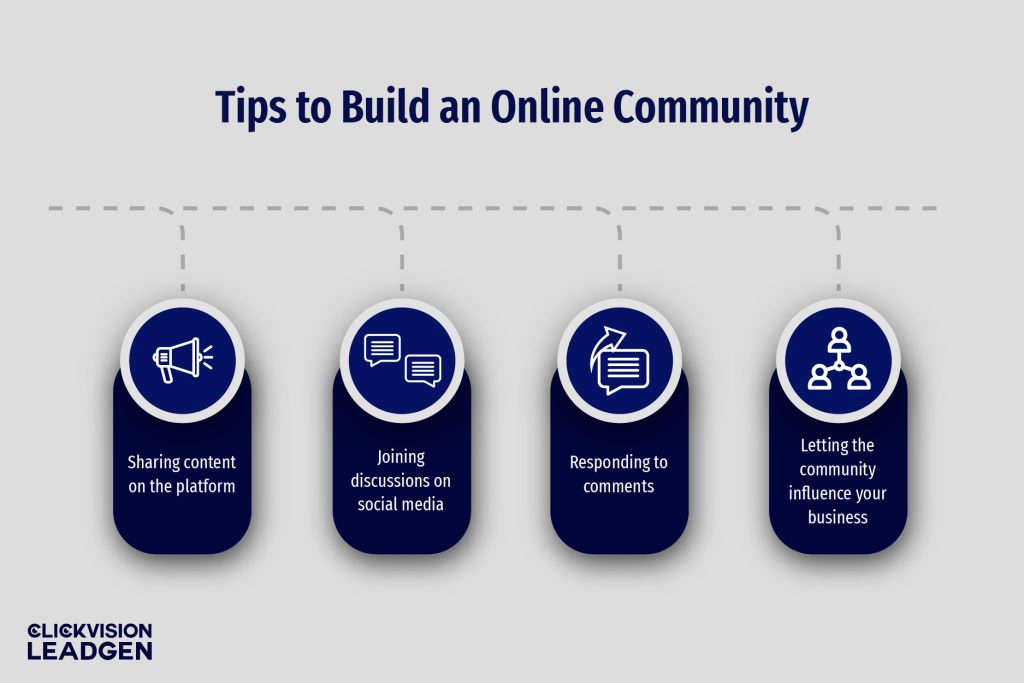In today’s digital age, inbound marketing has become the pillar of effective marketing strategies. However, the inbound framework is incomplete without social media. Such platforms have become critical for effectively establishing a customer-centric approach that focuses on attracting, engaging, and ultimately guiding leads toward your brand. But why is social media an important part of inbound marketing?
Discover how you can improve your strategies by enhancing engagement and reach to cultivate a sense of community and build strong relationships!
Why is Social Media an Important Part of Inbound Marketing?
Social media is a powerful marketing tool primarily because it has a unique ability to attract and engage audiences, enhance brand visibility, and allow you to remain relevant in a competitive digital landscape. Unlike traditional marketing, which pushes messages out broadly, inbound marketing focuses on drawing customers in with relevant and valuable information. So, why is social media an important part of inbound marketing?
To effectively attract and retain customer interest, you need to share engaging content, such as videos, interactive pools, and informative posts. Social media platforms allow just that. It can enhance brand awareness and loyalty while fostering a sense of community that will skyrocket your brand to triumph.
With the real-time engagement it offers, you can interact directly with customers, receive immediate feedback, and provide timely responses and services. This builds trust and shows that you value your customers’ input.
Moreover, social media’s extensive reach and unparalleled targeting capabilities allow you to connect with specific and broader audience segments more effectively. With a targeted approach, enhancing engagement and conversion rates has never been as easy. Thus, incorporating social media into your inbound marketing strategies is critical for growing and scaling your business.

Engagement and Reach
Social media platforms have become a go-to channel for brands to increase their invisibility and engage with a wider audience. Through consistent posting, social media allows you to capture the attention while building and maintaining stronger connections with new and loyal customers, providing a personal touch that fosters deeper connections. These platforms allow you to strategically place your brand in the search results of your target audience.
The goal is to create compelling and shareable content so that your followers can share your content with other networks or prospects. This significantly would expand your reach organically. If you want to reach a larger audience, you can also include paid advertisements as part of your marketing strategies. Placing your brand in the forefront of more than just your targeted public always creates the possibility of more visitors and, potentially, more conversions.

Relationship Building
To foster strong relationships and build trust among customers, you must engage in consistent communication and interaction. Through social media, you get a direct line of communication that allows you to gather valuable insights, address concerns, and receive feedback. You can identify customer preferences, pain points, and emerging trends to tailor your product and services to your target audience’s specific interests.
Moreover, encouraging user-generated content, like sharing experiences, not only boosts engagement but also demonstrates a sense of commitment to understanding and meeting customer needs. By showing transparency and genuine interest, you can foster a sense of community and make your customers feel valued and appreciated.
However, to effectively leverage social media for relationship-building opportunities, it’s important to be responsive to feedback, whether positive or negative. Make sure you handle criticism with empathy to manage reputational risks and demonstrate a commitment to improvement. This way, you can foster strong connections with customers and build trust among the public.

Customers Expect It
Consumers rely on social media for more than just updates. Visitors want to see you interact, engage, promote products, and answer questions promptly. They turn to social media for praise, questions, and complaints, so naturally, most of them would expect brands and companies to have a social media presence.
But, this doesn’t mean that you need to be on every possible platform. It’s about being present, active, and responsive on the main platforms your target audience uses, whether it’s Facebook, Instagram, X (Twitter), or YouTube.
Essentially, to establish social media authority, it’s paramount to be readily available to encourage engagement and provide expert advice, meeting the expectations of your audience. If you’re falling short of these expectations, you may be missing out on significant opportunities to connect with your customers and build brand loyalty.

Community Building
Lastly, social media has the unique ability to create a sense of community around a brand. It cultivates a platform where customers and followers can interact, share experiences, and build relationships.
However, to create a community that feels connected and valued you must engage with users through joining discussions, responding to comments, posting regular updates, and creating compelling content. With effective efforts and strategies, having a community can provide many notable benefits, including:
- Humanizing the brand and making it more relatable and approachable.
- Providing a valuable source of feedback and insights for continuous improvement.
- Fostering powerful connections and improving customer retention.
- Maintaining a positive brand reputation through productive engagement.
- Strengthening brand identity and facilitating organic growth.
- Amplifying brand credibility through recommendations and testimonials.

Tips for Social Media Inbound Marketing
To effectively leverage social media for inbound marketing and maximize the benefits, consider the following steps:
- Choose the right platforms: create a synergy between your target audience’s behavior and the platforms that best serve your business goals, ensuring your efforts yield a significant impact
- Ensure consistent value delivery: consistently create engaging content that resonates with your audience’s needs, interests, and concerts
- Engage actively and responsively: create lasting relationships by responding promptly to comments, feedback, and experiences. This will demonstrate a sense of value to your audience and commitment to continuous improvement.
- Align with inbound goals: define your marketing goals and ensure your social media efforts support these objectives. Create content that aligns with your brand value and use data analytics to optimize your strategy.
- Monitor and adjust: conduct frequent audits and performance monitoring to adapt and adjust your strategy based on the results, allowing you to continually enhance your impact and reach your goals.
Conclusion
Incorporating social media in your marketing strategies is paramount for achieving success in today’s digital landscape. Now that you know why is social media an important part of inbound marketing, it’s time to implement these strategies to enhance brand awareness and your online presence.
Social media offers unique opportunities to attract, engage, and nurture customer relationships while fostering a sense of community.Remember to monitor and adjust your approach based on feedback and analytics, continuously improving your strategies and ensuring your position as an authority in the field.

Dimitar is a seasoned marketing specialist and the visionary behind CLICKVISION. With over 10 years in digital marketing, he excels in crafting marketing strategies that boost rankings, which in return increase leads, conversions, sales, profits, and ROI.
